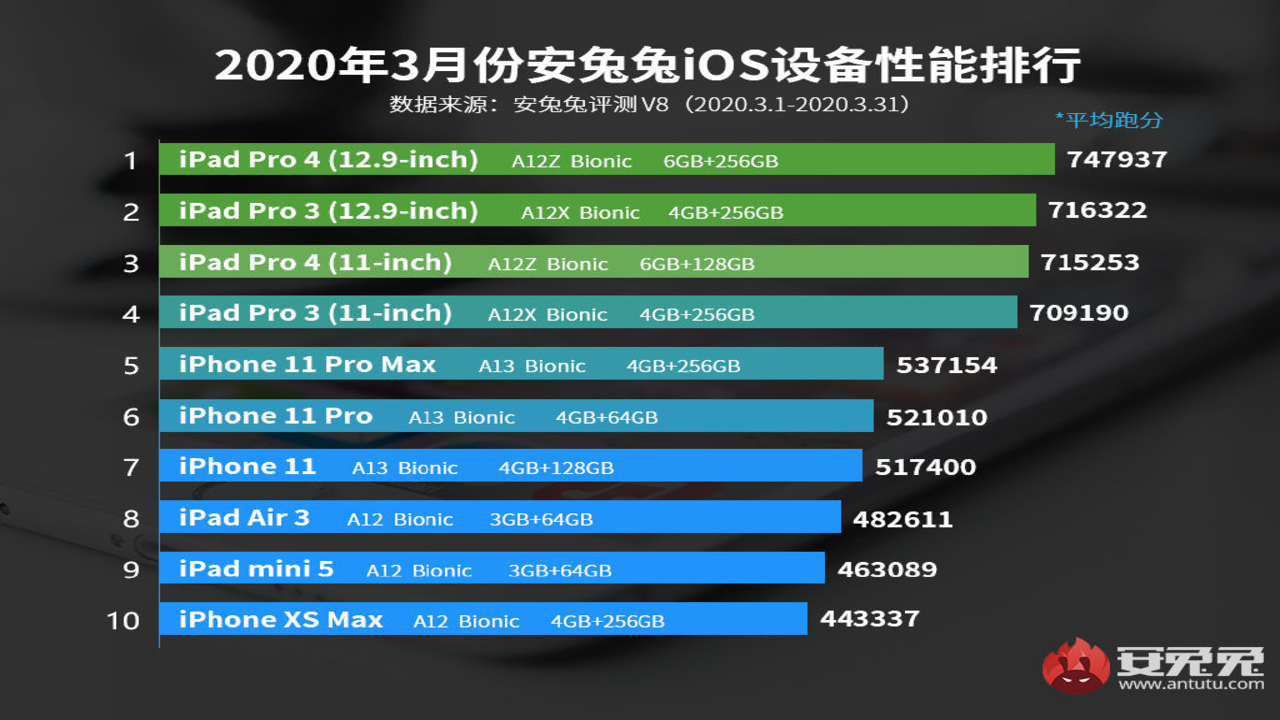Did Apple underclock the A13 Bionic processor in the iPhone SE?
Benchmarks scores show a slower performance

The iPhone 11 Pro Max and the iPhone SE are powered by the same A13 Bionic chipset, so you might expect that things would be the same in terms of performance.
Our own iPhone SE review showed that the new handset didn't hit the heights of the iPhone 11 Pro Max, for example, but still managed to negotiate daily app use with ease.
The results posted on benchmarking site Antutu reveal that the iPhone SE managed to achieve a score of 492,166 on the benchmarking tests, which is the lowest of all the devices using the A13 Bionic chipset.
Apple's iPhone 11 Pro Max scored a whopping 537,154, while the iPhone 11 Pro scored 521,010 and the iPhone 11 managed to score 517,400 - and it makes us wonder how much further the iPhone 12's likely A14 chipset will rise in terms of output.
- Read our full iPhone SE review
- iPhone SE vs OnePlus 8
- What we expect to see from the iPhone 12

Even though all these devices are powered by the same processor, this deviation in the scores suggests that Apple may have underclocked the A13 Bionic processor present on the new iPhone SE.
It is worth noting while all the iPhone 11 variants tested on the benchmarking site feature 4GB of RAM, the iPhone SE is believed to have only 3GB of RAM.
As mentioned, we also saw a similar reduction in raw power across our benchmarking test suite in our iPhone SE review - although in terms of actual daily output we didn't encounter any performance issues.
Sign up for breaking news, reviews, opinion, top tech deals, and more.

These results also reveal that the iPhone SE outperforms the much costlier iPhone XS Max in the Antutu test.
It’s worth noting the XS Max is powered by the previous generation A12 Bionic chipset, thus showing that the new A13 chipset is (obviously) a step forward in terms of overall power.
The main reason for the reduction in benchmarking for performance will likely remain a closely-guarded secret within Apple as each manufacturer allocates resources as they see fit for each model - the iPhone 11 isn't as powerful as the 11 Pro range, for instance, as reducing the usable power can help things like battery life and the intended users might not need as much grunt.
Given we noticed that the iPhone SE battery life wasn't as strong as more recent launches from Apple, it makes sense that this could be the reason for not cranking the power from the A13 chipset to maximum - the demographic for buying a $399 smartphone is less likely to care about the absolute CPU output of their new phone in the same way as someone who spends three times as much.
The iPhone SE still has some impressive benchmarking scores considering the price of the phone, and the A13 chipset also has a clear impact on the quality of photography, so while it doesn't hit the testing scores of the more expensive models, it's still a massive step forward for phones at this price point.